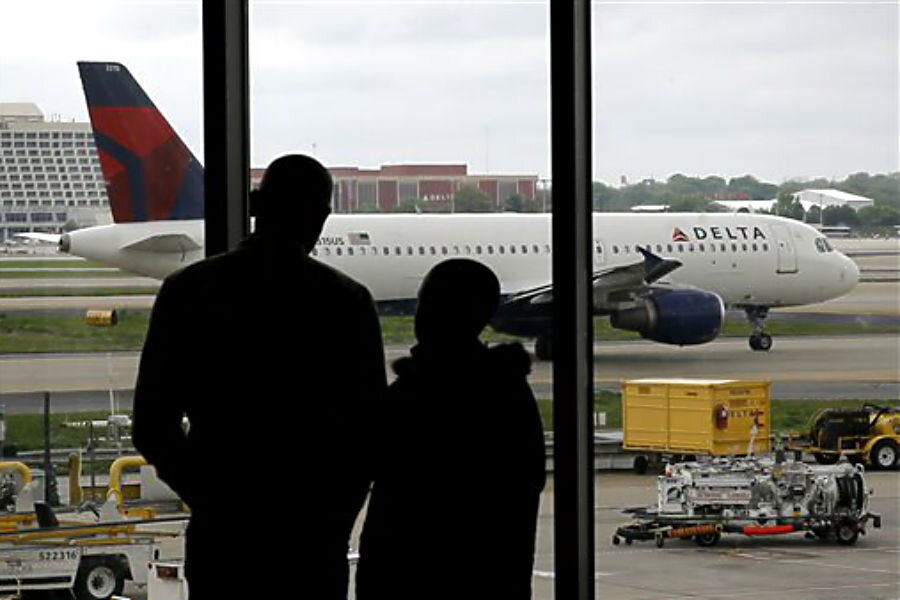Summer air fares fall for the first time in years
Loading...
After years of steadily-rising airfare, travelers this summer can expect a tiny bit of relief — $2.01 in savings to be exact.
The average roundtrip domestic ticket this summer, including taxes, now stands at $454, down less than a percent from last summer. Vacationers to Europe will fare better with the average ticket down 3 percent to $1,619, about $50 less than last summer.
Not all travelers will get to save.
Flights to Hawaii, Florida and New Orleans are cheaper, but travelers heading to New York, Denver and San Francisco can expect to pay more.
Even in Europe, it depends on the destination. Overall fares are down but it will cost more this summer to fly to cities like Amsterdam; London; Budapest, Hungary; Lisbon, Portugal; Frankfurt, Germany or Reykjavik, Iceland.
Prices are coming down because airlines are now saving billions of dollars thanks to lower fuel prices and because more seats have been crammed into planes, spreading out costs over more passengers. European economic troubles are also keeping some seats empty as business travelers stay home.
The generally good news about fares comes in a report released Monday by the Airlines Reporting Corp., which processes ticket transactions for airlines and travel agencies such as Expedia, American Express and Carlson Wagonlit. The study looks at 4.1 million tickets purchased before March 31 this year and last year for travel between Memorial Day and Labor Day.
Airfare during the first three months of this year was also lower, down 3.7 percent domestically and 8.9 percent internationally.
Even with the moderate relief this summer, prices are still higher than just a few years ago. The average domestic roundtrip ticket is still $13, or 3 percent, higher than it was in 2012. European trips are $60, or 3.9 percent, more expensive.
Travelers can thank lower oil prices and more seats on planes for keeping this summer's airfare in check.
Airlines at the start of the year paid $2.13 for each gallon of jet fuel, down 30 percent from last year's $3.03, according to the Bureau of Transportation Statistics. With U.S. airlines burning through 42 million gallons of fuel a day, that 90-cent savings adds up quickly: $14.7 billion for the entire year if prices remain at these levels.
Travelers are only seeing a sliver of those savings. The rest of the money is being used to upgrade airplanes and airports, pay employee bonuses and reward shareholders as airlines continue to post record profits.
European economic woes are also keeping some business travelers home, helping lower fares for vacationers. Fares are down to airports in Spain, Italy and France. However, cities in Germany and England, whose economies are stronger, are still higher this summer compared to last year.
Part of the savings is also linked to airlines adding extra seats on certain routes.
One of the best bargains to Europe right now is between New York and Milan, Italy. That's because four airlines fly that traditional business route nonstop each day including Dubai-based Emirates Airline. Starting in June, Emirates will fly the world's largest jet, the Airbus A380, carrying 489 people between the two cities. That's 129 more passengers a day than it currently carries, helping to bring down prices.
The same situation is true for Hawaii.
There are 5 percent more seats between Hawaii and the rest of the country this summer, compared to last. That's helping to lower ticket prices to most airports there by about 10 percent.
__
Scott Mayerowitz can be reached at http://twitter.com/GlobeTrotScott
Copyright 2015 The Associated Press. All rights reserved. This material may not be published, broadcast, rewritten or redistributed.







